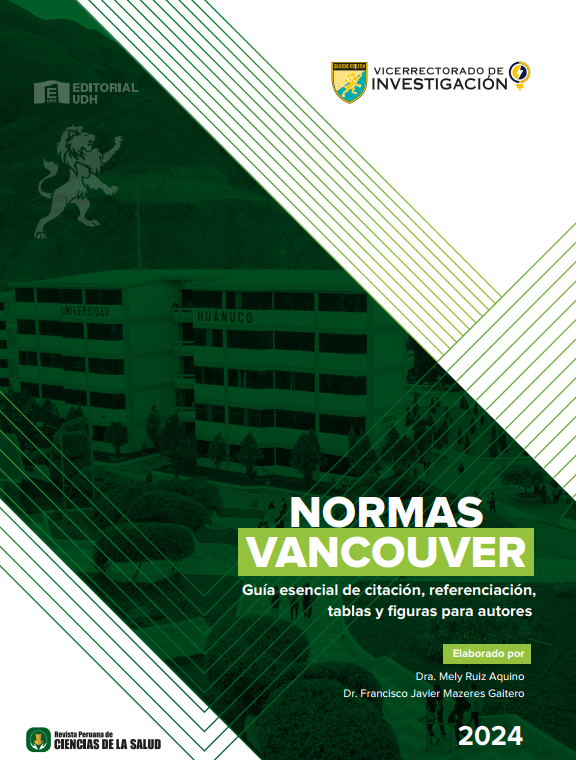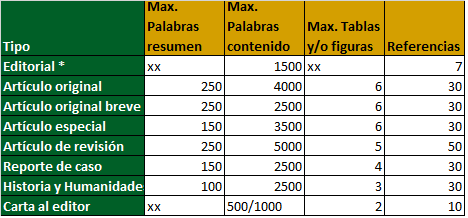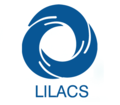Evaluation of the payment mechanism for outpatient cervical and breast cancer care at the national institute of neoplastic diseases- INEN, 2014-2016, under the INEN-SIS-FISSAL agreement
DOI:
https://doi.org/10.37711/rpcs.2019.1.4.30Keywords:
humans, Uterine Cervical, neoplasms Peru, Retrospective Studies, Information Technology, Insurance, Health Ambulatory Care, Referral and Consultation, Financial ManagementAbstract
Objectives. To evaluate the payment mechanism for outpatient care of patients diagnosed with cervical and breast cancer at the national institute of neoplastic diseases (inem). Methods. It is an observational, descriptive and croos-sectional study. the population was composed of patients diagnosed with cervical and breast cancer, affiliated with the integrated health insurance system (sis) in peru who received outpatient care at the inen, during the period 2014-2016. information was obtained from the insurance and information technology office. Results. There is no temporal relationship between the service provided by inen and the financial disbursement made by the peruvian army health insurance fund administration institute (iafas). there is an annual increase in cervical and breast cancer care. by type of cancer: breast cancer presented a maximum consultation concentration of 8.74 in 2014 and a minimum consultation concentration of 8.46. in the case of cervical cancer it had a maximum of 6.72 (2015) and a minimum of 6.34 (2016). outpatient care was the highest ranking in comparison with the other two types of benefits reviewed, namely emergency without observation and emergency with observation for both pathologies. there is also a greater number of patients treated in stages ii and iii for both diseases. the concentration of consultations for both pathologies at inen is high, with results between 6 and 8, which is why they exceed the value considered for institutes (4-5 on average). Conclusions. The payment mechanism used by the intangible health solidary fund (fissal) is retrospective payment by package.
Downloads
Downloads
Published
How to Cite
Issue
Section
License
Copyright (c) 2019 Revista Peruana de Ciencias de la Salud

This work is licensed under a Creative Commons Attribution 4.0 International License.
























